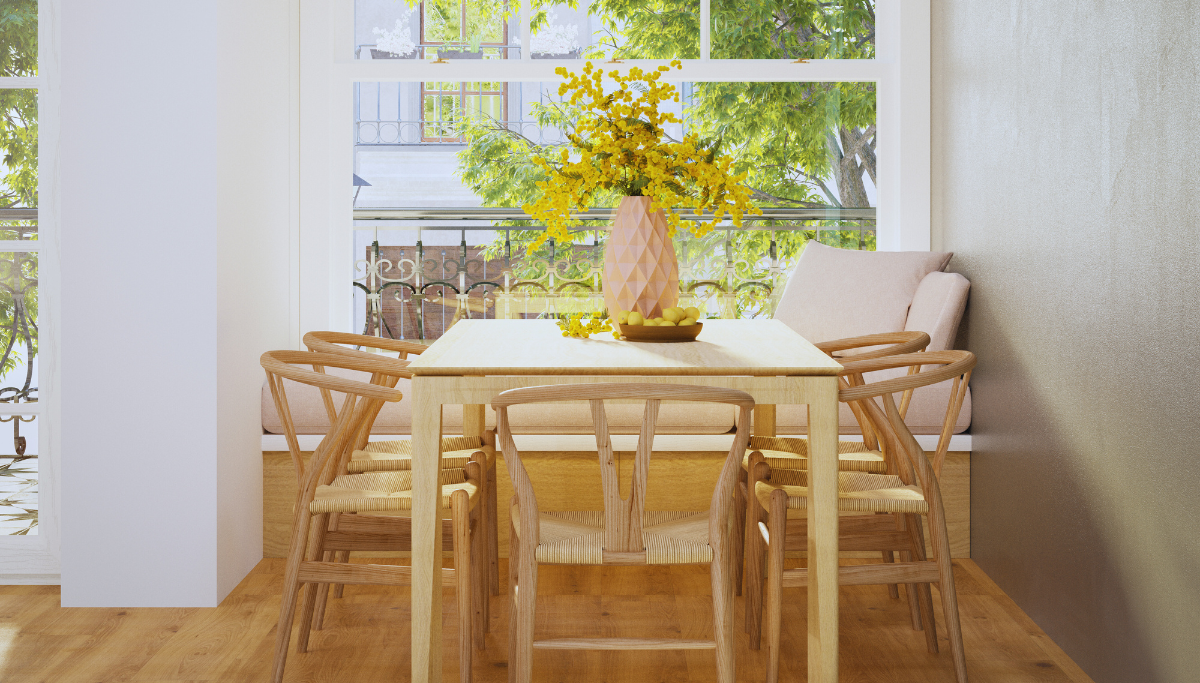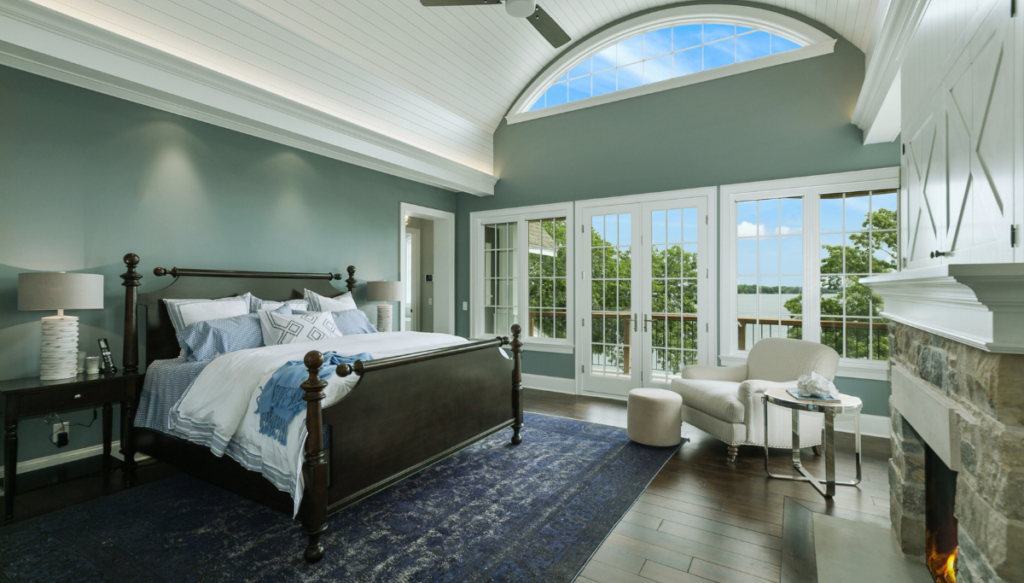

In this article, we will explore solutions for soundproofing your bedroom for a peaceful and restful sleep, and how to enhance its quality. A quiet and peaceful bedroom is an essential element for unwinding after a long day and achieving a restful night’s sleep. However, due to modern urban life, apartment living, and external factors, creating this tranquility may not always be easy. If you live in a noisy neighborhood, want to carve out a quiet corner in a crowded house, or if traffic sounds from outside are disturbing your sleep, soundproofing your bedroom is one of the best solutions. Controlling the noises in your environment is crucial for improving your sleep quality, feeling more rested, and reducing your stress levels.
A good sleep environment is not just about a comfortable bed; silence, dim lighting, and a peaceful atmosphere also play a significant role. To minimize noise, block external sounds, and reduce echo inside, you can benefit from various soundproofing techniques. Fortunately, there are many effective options ranging from professional solutions to budget-friendly methods. If you want to make your bedroom quieter and improve your sleep quality, the methods listed below can make a significant difference. Let’s take a look together:
Small gaps in windows, doors, and walls can let noise in. Use weatherstripping or door sweeps to seal the gaps under doors. You can fill cracks in walls and window frames with acoustic caulk to prevent sound leakage.
Hollow doors can easily transmit sound. You may consider replacing them with solid doors for better soundproofing. If replacing the door isn’t an option, you can reduce noise by hanging a heavy curtain or a soundproof blanket over the door.
Thick curtains made of dense fabrics can absorb sound, reducing outdoor noise. Multi-layer blackout curtains also block light, improving sleep quality. Soundproof blinds are another effective option.
Acoustic panels made from foam, fabric, or fiberglass absorb sound waves and minimize echo. These panels can also serve as decorative wall features while enhancing your bedroom’s soundproofing.
Hard floors can amplify sound and strengthen echo. Thick rugs or carpets absorb sound, reducing noise and making the room more comfortable.

If completely blocking out noise is difficult, white noise machines or fans can mask unwanted sounds. White noise creates a steady background sound, preventing sudden noise disruptions and ensuring better sleep.
Placing large furniture items (such as bookshelves or wardrobes) against shared or exterior walls can create an extra layer of insulation. Upholstered furniture, fabric-covered headboards, or padded wall panels absorb more sound, making the environment quieter.
Single-pane windows allow more noise to pass through. If replacing the windows isn’t possible, you can significantly reduce sound transmission by adding soundproof window inserts or acrylic panels.
Soundproof paints and wallpapers contain materials that absorb sound waves and can reduce noise levels. While not as effective as other methods, they are an easy and stylish way to enhance soundproofing.
Soft surfaces absorb sound better than hard ones. Adding upholstered headboards, fabric wall decor, or ceiling-mounted acoustic panels can improve your bedroom’s acoustics.
Achieving tranquility and silence in the bedroom is key to a good night’s sleep. The soundproofing techniques you apply can offer not only aesthetic benefits but also functional advantages. Starting with simple yet effective solutions and moving toward more professional applications, every step plays a crucial role in ensuring a restful night’s sleep.
Taking soundproofing in the bedroom to the next level not only blocks external noise but also balances the sounds within the room, creating a more comfortable atmosphere. Soundproof windows can significantly reduce external noise, while acoustic panels and thick fabrics help eliminate internal echoes.
While enhancing the functionality of your space, it is equally important not to compromise on aesthetics. When soundproofing solutions are chosen in harmony with modern decor, they are not only practical but also visually appealing.
In conclusion, soundproofing-focused decor is both a practical and elegant way to create a relaxing sleep environment in the bedroom. By leveraging the soothing effects of sound, taking the right steps to transform your space into a sanctuary, and improving your sleep quality, you’ll notice a significant difference. I hope this article has provided valuable solutions for soundproofing your bedroom. Don’t forget these tips when designing your bedroom – silence means good sleep quality and peace. Stay well and happy…!!